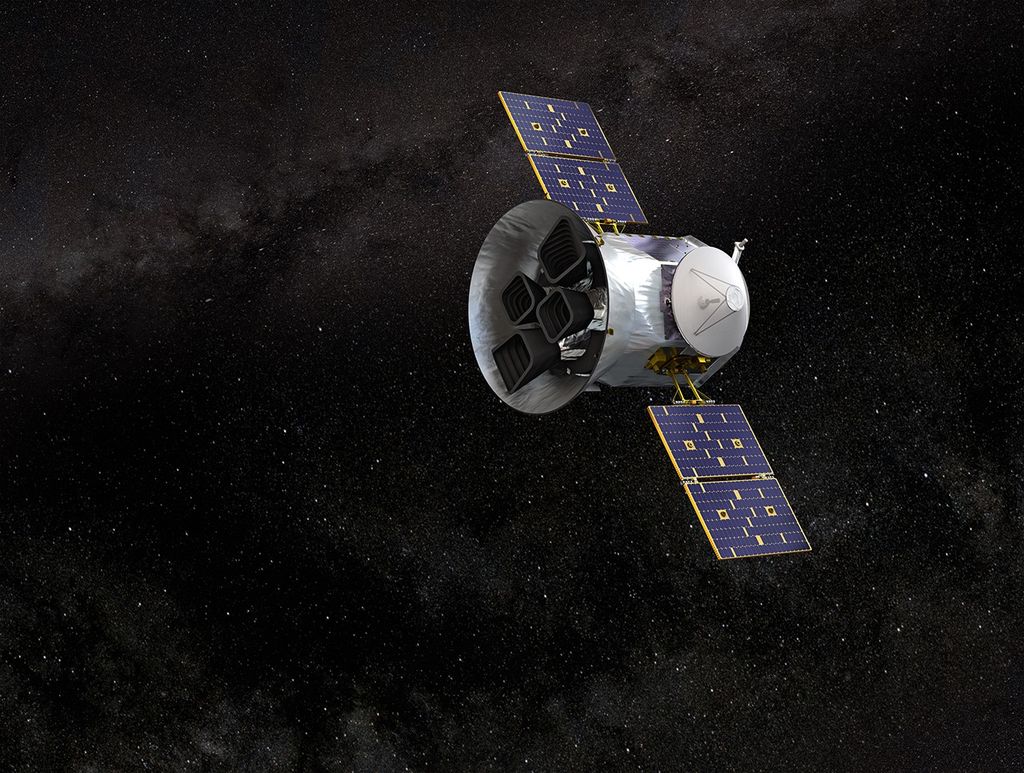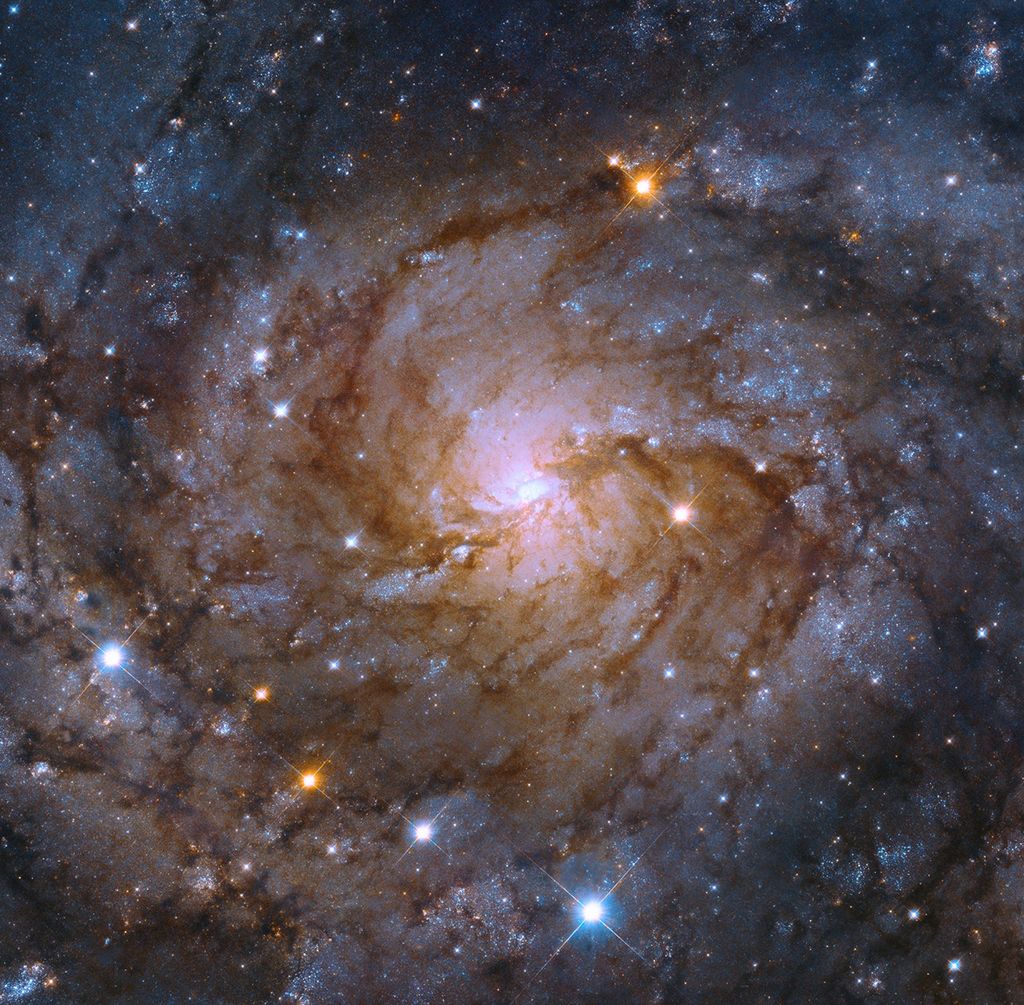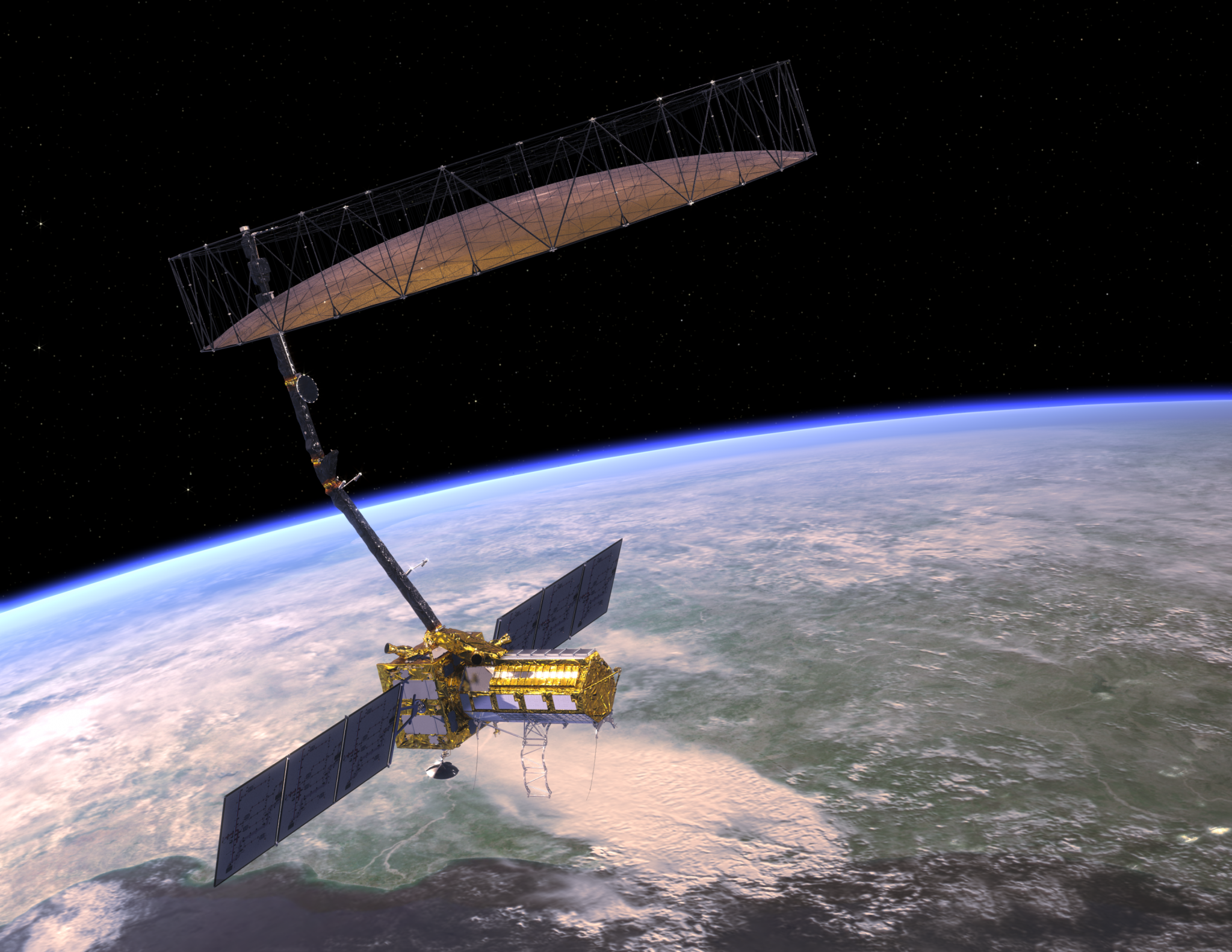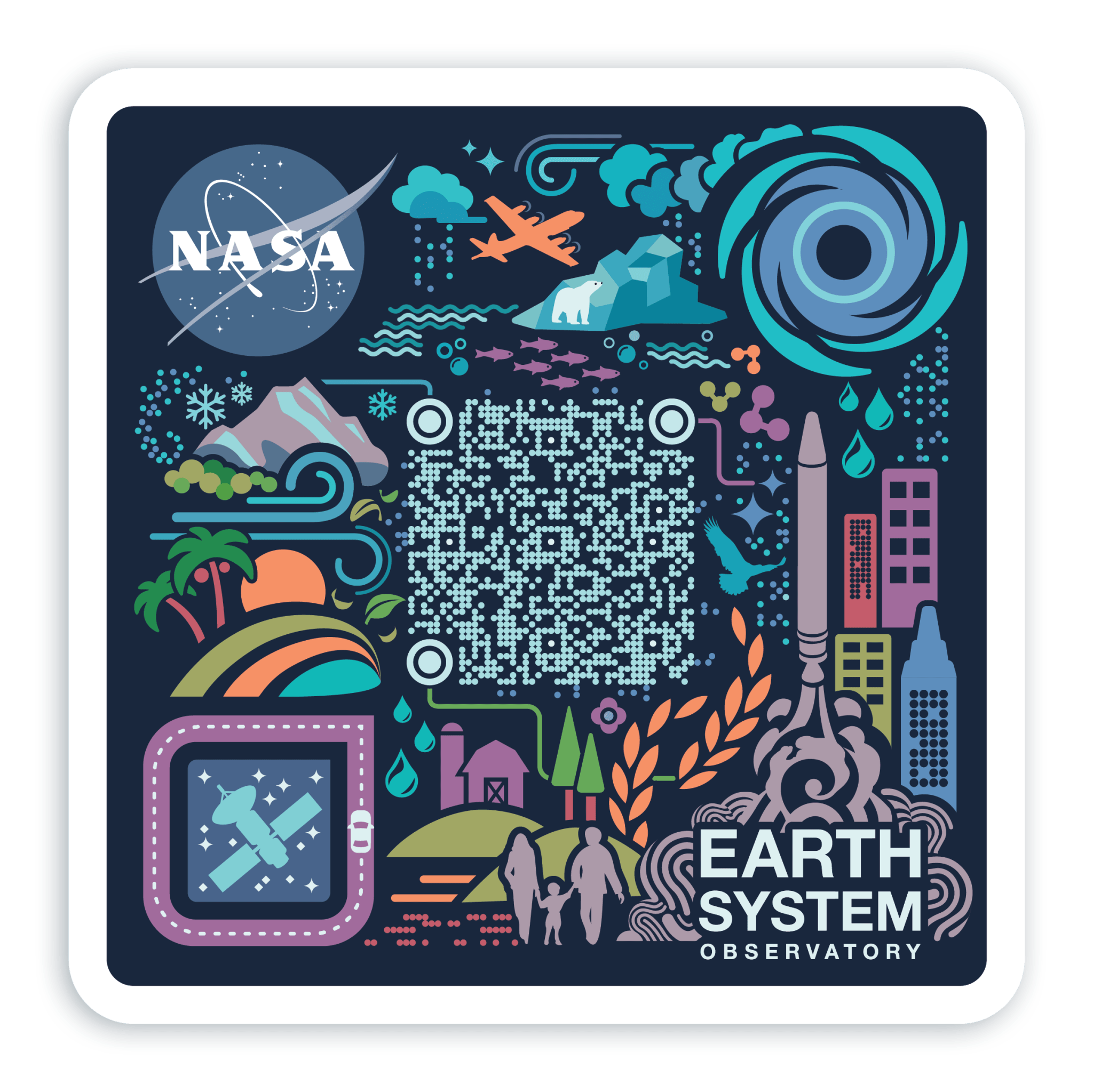NASA Earth System Observatory
Addressing, Mitigating Climate Change
NASA will design a new set of Earth-focused missions to provide key information to guide efforts related to climate change, natural hazard mitigation, fighting forest fires, and improving real-time agricultural processes.
Each uniquely designed satellite in the Earth System Observatory will complement the others, working in tandem to create a 3D, holistic view of Earth, from bedrock to atmosphere.
The observatory follows recommendations from the 2017 Earth Science Decadal Survey conducted by the National Academies of Sciences, Engineering and Medicine, which lays out recommendations for ambitious but critically necessary research and observations.
Areas of focus for core of the observatory include:
- Aerosols: Answering the critical question of how aerosols affect the global energy balance, a key source of uncertainty in predicting climate change.
- Cloud, Convection, and Precipitation: Tackling the largest sources of uncertainty in future projections of climate change, air quality forecasting, and prediction of severe weather.
- Mass Change: Providing drought assessment and forecasting, associated planning for water use for agriculture, as well as supporting natural hazard response.
- Surface Biology and Geology: Understanding climate changes that impact food and agriculture, habitation, and natural resources, by answering open questions about the fluxes of carbon, water, nutrients, and energy within and between ecosystems and the atmosphere, the ocean, and the Earth.
- Surface Deformation and Change: Quantifying models of sea-level and landscape change driven by climate change, hazard forecasts, and disaster impact assessments, including dynamics of earthquakes, volcanoes, landslides, glaciers, groundwater, and Earth’s interior.
NASA is currently initiating the formulation phase for the core observatory. The trailblazer for the observatory is a NASA partnership with the Indian Space Research Organisation (ISRO) that brings together two different kinds of radar systems that can measure changes in Earth’s surface to less than a half-inch. This mission, called NISAR (NASA-ISRO synthetic aperture radar), will measure some of the planet’s most complex processes such as ice-sheet collapse and natural hazards such as earthquakes, volcanoes, and landslides. NISAR can assist planners and decision makers with managing both hazards and natural resources in the future.
NASA will augment the core of the Earth System Observatory with a new class of mission, the Earth Explorers, to make additional high-priority observations and encourage innovative solutions through competitive selection at the mission level.
Earth System Observatory Art
Download the art from NASA’s Earth System Observatory decal and scan the QR code for a quick link to the latest news about this major Earth Science Division initiative.



































